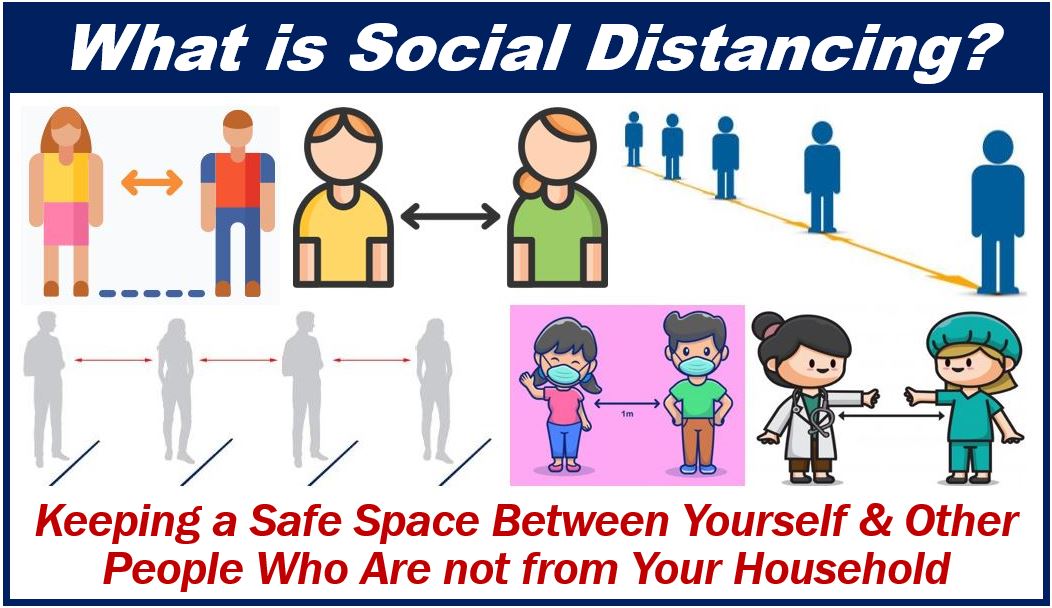The age of Coronavirus has forced multiple changes in our lives, but, for many, the hardest to bear has been the concept of social distancing. Humans are a tactile species, and it feels almost unnatural to keep a distance from (or refrain from touching) our friends and family. The social distancing and isolation measures introduced through Coronavirus have required both.

Understanding the importance of transmission rates
When COVID first arrived in early 2020, it soon became clear one of the primary dangers of the virus was its high reproductive rate (also known as the r0 – or simply ‘R’ – rate). Viruses spread primarily through their success at infecting other people, i.e. how contagious they are.
In early studies by the World Health Organization, Coronavirus was found to have an extremely high R transmission rate of between 1.4 and 2.5. This effectively means that, on average, any person who catches the virus could potentially transmit it to between 1.4 and 2.5 other people. Additional studies by Imperial College London found the transmission rate even higher – estimated at between 1.5 and 3.5.
Of course, other significant factors need to be factored into this equation – such as the age, location and existing health of those exposed to (or infected by) the virus. Nonetheless, by any standards, Coronavirus is considered extremely contagious – which goes a long way to explaining how quickly it established itself in nations around the world and continues even now, almost ten months later.
The arguments for distancing
Distancing works on the simple premise that reducing (or eliminating) exposure or proximity to a contagion will, in turn, lead to lower infection rates. If we reduce the number of people infected in the first place, we also reduce the likelihood of the spread of the virus to others.
While social distancing, isolation and lockdowns are most certainly not choices most people would make through freewill, they have proven themselves to be highly effective at reducing the spread of COVID.
Outside the confines of our family homes, the majority of people spend around one-third of their day at work (well, at least Monday to Friday anyway). As we attempt to emerge from lockdown and try to return tentatively to our previous lives, workplace social distancing is going to become increasingly important to protect employees from potential exposure or spreading the virus. Moreover, it will also be essential to keep us from bringing the virus back home with us, potentially infecting our homes and family.
Other easy-to-implement preventative measures
Also, the measures we’ve seen adopted across society as a whole will likely be with us for some time and have been proven to reduce the transference of the virus. Common practices that should be adopted to reduce infection include:
Coughing or sneezing into your elbow
Droplets in the air spread diseases and the most common way we can spread Coronavirus is through sharing them. Coughing or sneezing into the inside of your elbow helps trap potentially infected droplets.
Washing your hands
One of the most common reasons COVID is through infection on the hands. Without realizing it, most people frequently touch their eyes, nose or mouth. Having droplets containing the virus on your hands can also help the spread to other people, through contact/shaking hands, etc.
Avoiding crowded places – particularly indoors
Distancing is far easier outside, in less enclosed places. If you want to see your friends or family, it’s always going to be much safer to do so outside. Otherwise, try to avoid enclosed, busy, indoor spaces where the virus has multiple opportunities for cross-infection.
Interesting related article: “What is the Coronavirus?“

